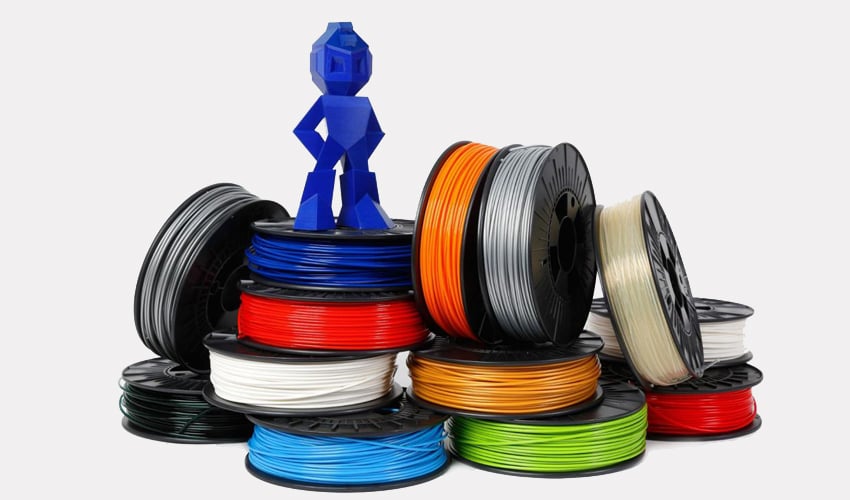3 D Printing Materials
Benefits Of 3 D Printing Materials

3 D Printing Materials
3D printing formulates objects on a layer by layer module. In comparison to traditional manufacturing methods 3d printing bestows numerous benefits. Though very unlikely it is going to replace traditional production methods, many applications require 3d printing so as to incorporate a design with higher levels of accuracy in lieu of functional material.
The 3d printing materials enables designers to formulate better decisions during process of manufacturing and a viable product is established.
3d printing – a single step manufacturing process
The onus on a designer is to manufacture a product as efficiently. By traditional technologies most parts require a series of procedures to emerge as a final product. The series of products affects the functionality and design of a product.
An example would enlighten things as manufacturing of a custom steel bracket. On similar lines as additive manufacturing, the process of fabrication is undertaken by cracking the small pieces to size. Then you combine the profiles into position and one at a time wielding takes place to form a bracket. To ensure all the custom parts are properly aligned you might need a custom jig. Then you polish the wields to give a good surface finish. This is followed by drilling of holes so that you can mount the bracket on the wall. To wound up things the bracket is painted to improve its appearance.
Customization with 3d printing materials
3d printing materials provide a lot of design freedom, as it paves way for design customization. The addictive manufacturing specializes in building single components at a time, so for one off production they work out to be ok.
The medical and dental fraternity has embraced this concept for manufacturing dental aids, implants and prosthetics.
Easy access
For around 30 years, additive manufacturing have been in existence, but ever since 2010, the growth has been witnessed. This has led to the emergence of 3d printers in the industry, ensuring designers have an easy access to additive manufacturing technology.
Since 2015, alone, the sale of printers has almost doubled. Initially what was termed as a niche technology seemed accessible to only a small portion of the manufacturing domain. This is readily available and competitive as a part of production used by various industries.
To build a material additive production methods only use a small part. The process are going to use raw materials which can be recycled and put to use in more than one build.